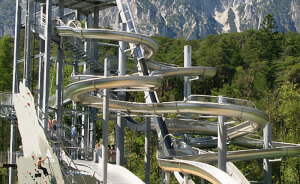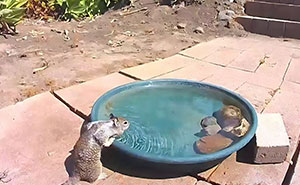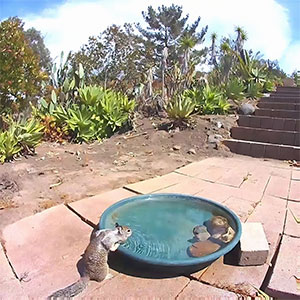This technology is not just being used by experts; many enthusiasts have also tried their hand at it. And some users of 3D printing are sharing their innovative creations on the 3Dprinting subreddit, where “makers of all skill levels and walks of life can learn about and discuss 3D printing.” Check out these 3D-printed items to witness the remarkable strides technology has made. And don’t forget to check out our conversation with Sricharan Chiruvolu, a computer vision engineer based in Germany. To explore the impact of 3D printing, Bored Panda sought insights from Sricharan Chiruvolu, a computer vision engineer specializing in 3D vision, who shared his valuable perspective. Customization can be challenging under traditional manufacturing processes because they rely on predetermined molds and tooling configurations when producing items in large quantities. Consequently, it becomes difficult for them to build or modify their machinery to accommodate every unique design or variation. Conversely, in 3D printing, molding or tools are not required at all. “It has brought about faster distribution of prototypes, thus hastening market entry for new products, while on-demand creation has also prolonged product life for many consumers.” Compared to traditional techniques such as molding or cutting, where there may be excess material waste, 3D printing constructs objects with only the necessary material. By doing so, waste is reduced and resource efficiency is enhanced. Speaking about the benefits of 3D printing in healthcare, Sricharan believes it has the potential to revolutionize medicine. “Advances in bioprinting could make it possible to 3D print organs for transplantation, and more complex medical items will be made using improved multi-material printing.” Follow Bored Panda on Google News! Follow us on Flipboard.com/@boredpanda! Please use high-res photos without watermarks Ooops! Your image is too large, maximum file size is 8 MB.






































































































































































